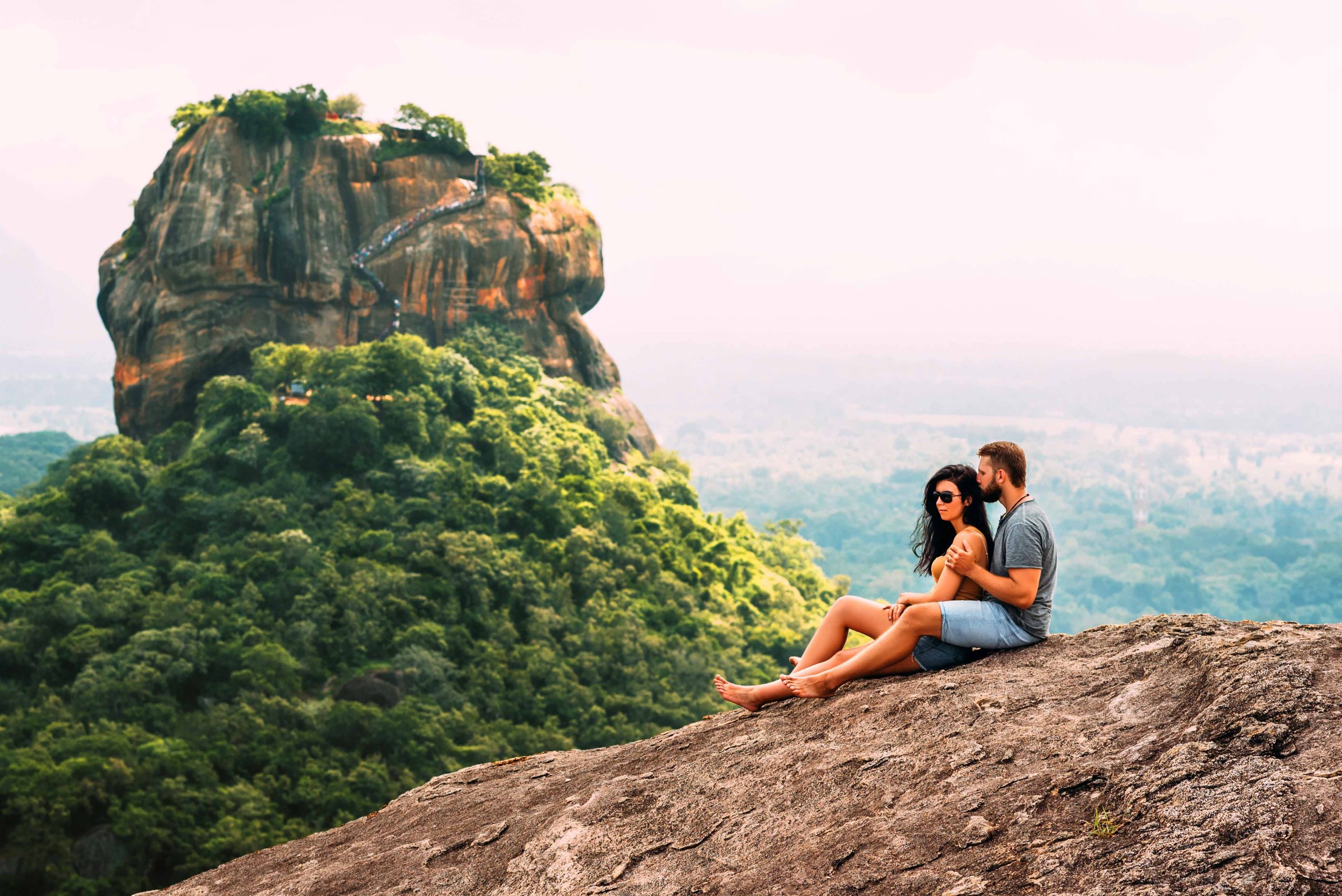Exploring Sri Lanka’s Snakes: A Guide for Nature Lovers
In this article, we delve into the mesmerizing world of snakes in Sri Lanka. We explore their habitats, their significance within the ecosystem, and how to safely observe these intriguing creatures while traveling around this beautiful island nation.
Table of Contents
ToggleWhat Types of Snakes Can You Find in Sri Lanka?
Sri Lanka is home to an astonishing variety of snakes, with around 100 different species recorded. This includes venomous and non-venomous types. Among the most notable are the Sri Lankan Green Pit Viper, the Russell’s Viper, and the Indian Cobra. Each species has its own unique colors and behaviors, making them fascinating to observe. The Green Pit Viper, for example, is known for its vibrant green color and striking eyes, which help it blend into the jungle foliage.
In addition to these venomous snakes, there are many harmless varieties that play crucial roles in the ecosystem. The Rat Snake, for instance, helps control rodent populations, contributing to a balanced environment. While some may fear snakes, understanding their role can enhance your appreciation for these beautiful creatures.
Where Do Snakes Live in Sri Lanka?
Snakes in Sri Lanka inhabit a variety of environments, ranging from lush rainforests to arid dry zones. Primary habitats include national parks such as Yala, Wilpattu, and Sinharaja, where the biodiversity is incredibly rich. Within these national parks, you can find snakes resting in the underbrush, coiled around tree branches, or basking on rocks in the sun.
Moreover, different species prefer specific areas. For example, the Green Pit Viper tends to reside in trees, while the Russell’s Viper favors the ground. If you’re keen to spot these reptiles, understanding their habitat preferences can significantly enhance your chances of seeing them. Keeping a respectful distance is vital, to not disturb their natural behaviors.
How Can You Safely Observe Snakes in the Wild?
Observing snakes in their natural habitat can be an exhilarating experience, but it’s essential to prioritize safety. Always maintain a safe distance, as even non-venomous snakes can bite if threatened. Ideally, you should have a local guide who knows the area and the behaviors of various snake species. They can help you understand how to approach safely without disturbing the wildlife.
Wearing appropriate clothing is also vital. Sturdy shoes, long pants, and a long-sleeve shirt can help protect you against accidental encounters. Additionally, being aware of your surroundings and walking slowly can make it easier to spot snakes before they notice you. This way, you can enjoy the thrill of discovering these fascinating creatures without putting yourself at risk.
What is the Importance of Snakes in the Ecosystem?
Snakes play a critical role in maintaining ecological balance. As both predators and prey, they contribute significantly to the food chain. By controlling populations of rodents and other small animals, they help prevent overpopulation and the potential spread of diseases. This balance is not only vital for their survival but also enhances the overall health of the environment.
In Sri Lanka, several snake species are also indicators of environmental health. Changes in their populations can signify shifts in habitat conditions based on pollution, climate change, or habitat loss. Hence, protecting snakes is not just about preserving the species but ensuring a healthy ecosystem. Awareness of their importance can encourage more responsible and sustainable tourism in Sri Lanka.
What Precautions Should Travelers Take Regarding Snake Encounters?
Travelers in Sri Lanka should take specific precautions when exploring areas where snakes may be present. To start, education is key. Learning about local snake species, especially which are venomous, is essential. Resources such as field guides or mobile apps can be beneficial for identification and information.
Another important tip is to avoid walking through thick underbrush or tall grass without careful consideration. Many snakes rely on camouflage, so it’s easy to miss one until you’re quite close. Additionally, be cautious at night when snakes are more active. If you’re hiking, stick to well-trodden paths, and consider using a flashlight in darker areas to increase your visibility. Lastly, in case of a snake bite, knowing the location of nearby medical facilities can be life-saving.
Conclusion
Exploring the snakely wonders of Sri Lanka can be an enriching part of your travel experience. With stunning species to observe and diverse habitats to explore, engaging with these unique reptiles can deepen your appreciation for nature. Remember to respect their space and stay informed to ensure a safe and enjoyable adventure. As you wander through Sri Lanka, take the time to appreciate the vital roles snakes play in maintaining ecological balance and contributing to the vibrant tapestry of life on this beautiful island.
FAQs
Are snakes commonly found in urban areas of Sri Lanka?
Yes, snakes can occasionally be found in urban areas, especially near parks or gardens. However, they tend to prefer natural habitats.
Can you safely approach a snake if you see one?
It’s best to keep a safe distance from any snake you encounter. Approaching may provoke defensive behavior, which can be dangerous.
What should I do if I encounter a snake on a hike?
If you encounter a snake while hiking, remain calm and give it space to move away. Do not attempt to touch or handle it.
Are there any snake-related myths in Sri Lanka?
Yes, cultural beliefs and myths about snakes are prevalent, often highlighting their mystical aspects or associating them with both good and bad omens.
How can I help protect snakes in Sri Lanka?
You can help protect snakes by supporting local conservation efforts, educating others about their importance, and promoting responsible tourism practices.
All Categories
Recent Posts
How to Obtain an International Driving License in Sri Lanka
Flying from KTM to Sri Lanka: What You Need to Know
Affordable Business Class Flights to Sri Lanka

